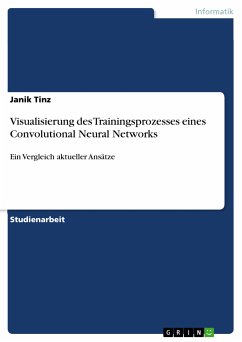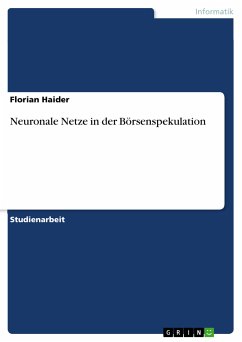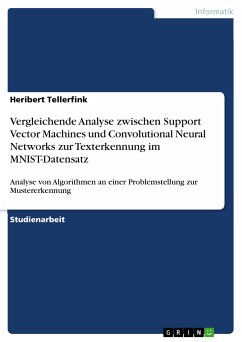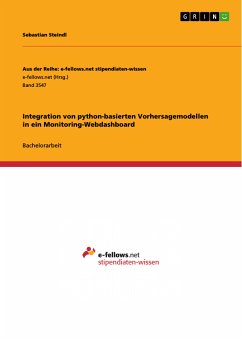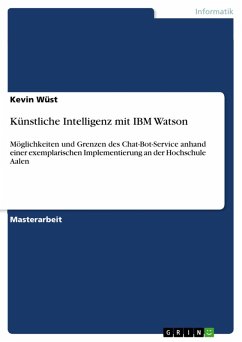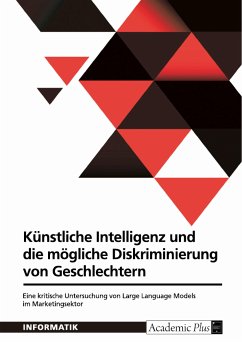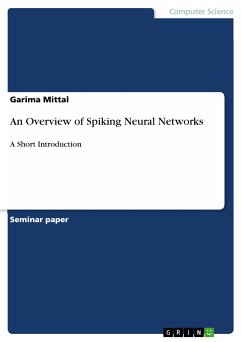
An Overview of Spiking Neural Networks (eBook, PDF)
A Short Introduction
Sofort per Download lieferbar
2,99 €
inkl. MwSt.

PAYBACK Punkte
0 °P sammeln!
Seminar paper from the year 2018 in the subject Computer Sciences - Artificial Intelligence, grade: 1,3, University of Tubingen, language: English, abstract: This work gives an introduction to SNNs and the underlying biological concepts. It gives an overview and comparison of some of the more commonly used SNN models. It discusses the scope of SNNs and some of the areas where they have been applied so far. Spiking neural networks or SNNs are inspired by the biological neuron. They are the next step towards the goal of replicating the mammalian brain in computational speed, efficiency and energ...
Seminar paper from the year 2018 in the subject Computer Sciences - Artificial Intelligence, grade: 1,3, University of Tubingen, language: English, abstract: This work gives an introduction to SNNs and the underlying biological concepts. It gives an overview and comparison of some of the more commonly used SNN models. It discusses the scope of SNNs and some of the areas where they have been applied so far. Spiking neural networks or SNNs are inspired by the biological neuron. They are the next step towards the goal of replicating the mammalian brain in computational speed, efficiency and energy consumption. First generation artificial neural networks (ANNs) or Perceptron use a [0,1] binary threshold function to approximate digital input and allow for linear classification. Second generation ANNs like multi-layer perceptron, feed-forward and recurrent neural networks use continuous activation functions like sigmoid which can approximate analog functions. Spiking neural networks, introduced by Hopfield in 1995, are third generation ANNs and aim at higher biological plausibilty than the first and second generations by including time intrinsically. They use the precise firing times of neurons to code information. SNNs are modelled on the biological neuron. It is therefore important to understand the basic biological concepts underlying SNNs.
Dieser Download kann aus rechtlichen Gründen nur mit Rechnungsadresse in A, B, BG, CY, CZ, D, DK, EW, E, FIN, F, GR, HR, H, IRL, I, LT, L, LR, M, NL, PL, P, R, S, SLO, SK ausgeliefert werden.




